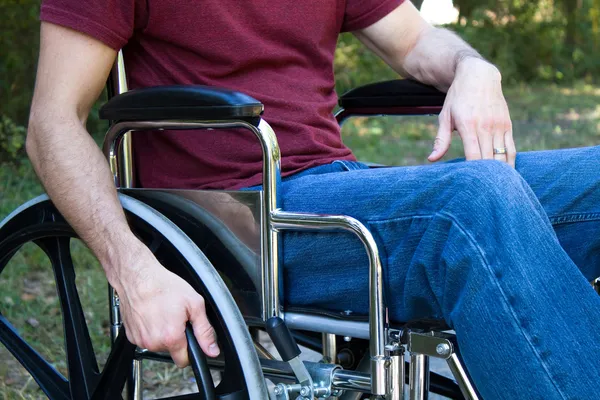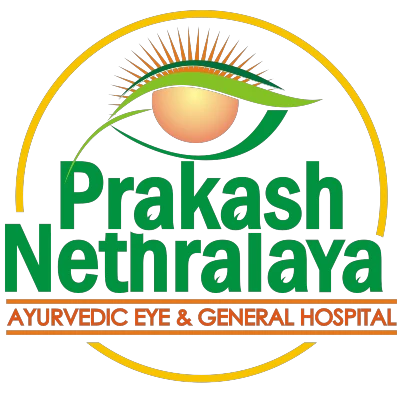
What is Paralysis?
Paralysis is a condition in which you can’t move certain parts of your body, due to a loss of muscle function. There is a loss of either sensation and movement for multiple parts of the body. It comes in many different forms and can be either temporary or permanent. This happens when something goes wrong between the order in which impulses are passed by the brain and the muscles.
Paralysis can affect either one or both sides of the human body. In some cases, just one area of your body gets affected, while in some other cases it can be spread over many areas.




